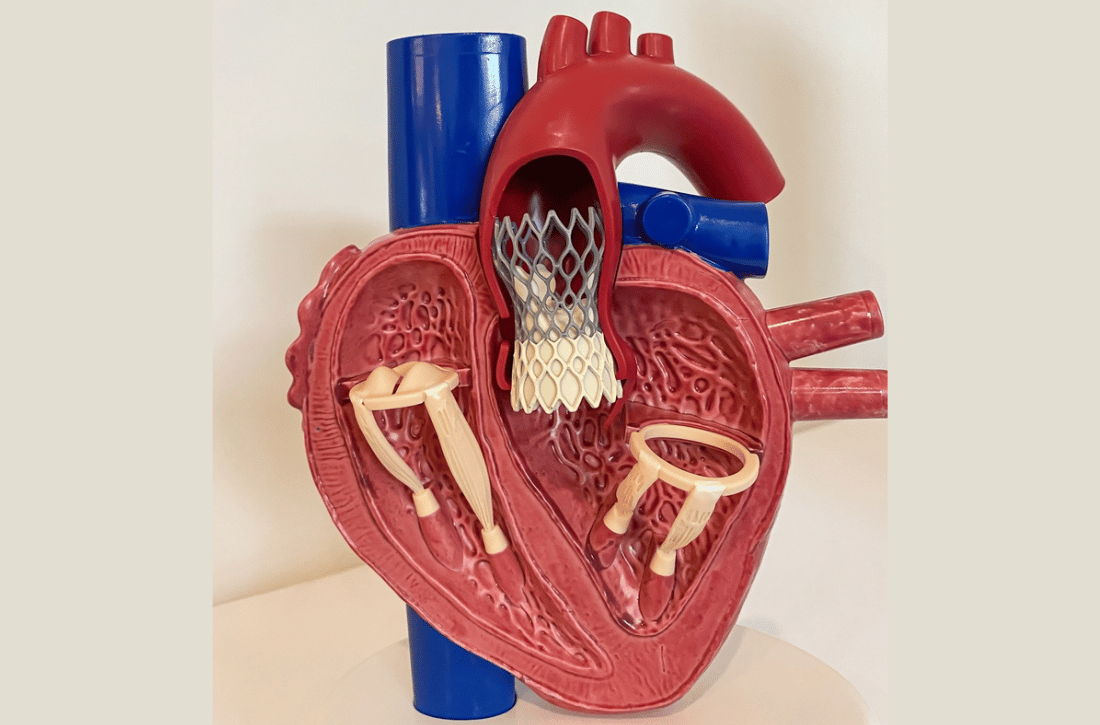TAVI
Home - TAVI

Transaortic Aortic Valve Implantation (TAVI), also known as Transaortic Valve Replacement (TAVR), is an advanced minimally invasive procedure used to replace a diseased aortic valve with a prosthetic valve. This innovative approach offers an alternative treatment option for patients with severe aortic stenosis who are at high risk for traditional open-heart surgery.
Understanding Aortic Stenosis
Aortic stenosis is a condition where the heart’s aortic valve narrows and restricts blood flow from the left ventricle to the aorta and onward to the rest of the body. This narrowing increases the workload on the heart and can lead to symptoms such as chest pain, shortness of breath, fatigue, and dizziness.
Causes of Aortic Stenosis
- Calcification: Gradual buildup of calcium deposits on the valve leaflets over time.
- Congenital Heart Defects: Abnormalities present at birth affecting the structure of the aortic valve.
- Degenerative Changes: Natural wear and tear of the valve tissue with aging.
Indications for Transaortic Aortic Valve Implantation (TAVI)
TAVI may be recommended for patients who have
- Severe Aortic Stenosis: With symptoms such as shortness of breath, chest pain, or fainting, indicating significant narrowing of the aortic valve.
- High Surgical Risk: Due to advanced age, frailty, or multiple comorbidities that increase the risk of complications associated with traditional open-heart surgery.
- Symptomatic Improvement: To alleviate symptoms and improve quality of life when medical therapy alone is insufficient.
Components of Transaortic Aortic Valve Implantation (TAVI)
TAVI involves several key components
- Prosthetic Valve: A bioprosthetic valve made from biological tissue (e.g., cow or pig valve) or synthetic materials designed to replace the diseased aortic valve and restore normal blood flow.
- Delivery System: Specialized catheters and devices used to deliver and position the prosthetic valve within the heart through a minimally invasive approach.
- Imaging Guidance: Real-time imaging techniques such as fluoroscopy and echocardiography to guide valve placement and ensure optimal positioning and function.
TAVI Procedure Overview
Pre-Procedure Preparation
Before undergoing TAVI, patients typically undergo:
- Comprehensive Evaluation: Including echocardiogram, electrocardiogram (ECG), cardiac catheterization, and other diagnostic tests to assess heart function and anatomy.
- Discussion of Procedure: Your cardiologist or cardiac surgeon will explain the purpose of TAVI, expected benefits, risks, and alternative treatment options.
Procedure Steps
- Anaesthesia: General anaesthesia or local anaesthesia with sedation is administered to ensure patient comfort during the procedure.
- Access Site Preparation: A small incision is made in the chest (transaortic approach) or groin (transfemoral approach) to access the femoral artery or aorta for catheter insertion.
- Valve Delivery: The prosthetic valve is mounted on a balloon-expandable or self-expanding stent frame and guided through the blood vessels to the site of the diseased aortic valve.
- Valve Deployment: The balloon is inflated or the self-expanding valve is deployed, expanding the new valve into place within the diseased aortic valve, pushing the leaflets aside and allowing blood to flow freely.
- Assessment and Adjustment: The valve position and function are assessed using imaging techniques, and adjustments may be made to ensure proper placement and optimal valve function.
- Closure: Once the new valve is securely in place and functioning effectively, the catheters are removed, and the access site(s) are closed with sutures or closure devices.
Recovery and Hospital Stay
- Immediate Post-Procedure: Patients are monitored closely in a specialized cardiac care unit or recovery area to assess heart function, manage pain, and monitor for potential complications.
- Hospital Stay: Most patients remain in the hospital for a few days to recover and undergo further evaluation before discharge.
Benefits of Transaortic Aortic Valve Implantation (TAVI)
- Minimally Invasive: Reduced trauma compared to traditional open-heart surgery, resulting in shorter recovery times and less post-operative discomfort.
- Effective Symptom Relief: Improves blood flow and reduces symptoms such as shortness of breath, chest pain, and fatigue.
- Lower Surgical Risk: Suitable for patients deemed high risk for traditional open-heart surgery due to age or medical conditions.
Conclusion
Transaortic Aortic Valve Implantation (TAVI) is a transformative procedure for patients with severe aortic stenosis who are not candidates for traditional open-heart surgery. Dr. Ankeet Dedhiya and our specialized team of cardiologists and electrophysiologists are dedicated to providing personalized care and utilizing advanced technology to optimize outcomes for patients undergoing CRT therapy. Whether you are managing heart failure symptoms or exploring treatment options, Dr Ankeet Dedhiya and our team are here to support you on your journey to optimal heart health.”
FAQ
Frequently Asked Questions
Transaortic Aortic Valve Implantation (TAVI), also known as Transcatheter Aortic Valve Replacement (TAVR), is a minimally invasive procedure used to replace a diseased aortic valve with a prosthetic valve. It offers an alternative for patients with severe aortic stenosis who are considered high risk for traditional open-heart surgery.
Candidates for TAVI typically have severe aortic stenosis with symptoms like shortness of breath, chest pain, or fainting, and are at high risk for complications from open-heart surgery due to age or other health conditions.
TAVI is performed by inserting a catheter through a small incision in the chest or groin, guiding a new valve to the heart where it is positioned within the diseased aortic valve. The new valve is then expanded to restore normal blood flow.
TAVI is less invasive, resulting in shorter recovery times and reduced discomfort compared to open-heart surgery. It is also suitable for patients who may not tolerate the risks associated with traditional surgery.
TAVI is considered safe when performed by experienced specialists. However, like any procedure, it carries risks such as vascular complications, valve malpositioning, heart rhythm disorders, and stroke, which your healthcare team will discuss with you.
Most patients recover quickly after TAVI and can resume normal activities within a few days to weeks, depending on their overall health and any additional treatments received during the procedure.
The duration of the TAVI procedure varies, but it generally takes a few hours. You'll receive specific details about the procedure timeline from your healthcare team before your scheduled appointment.
Your healthcare team may prescribe medications to prevent blood clots, manage pain, and control any underlying heart conditions. These will be tailored to your individual needs and recovery progress.
Most patients stay in the hospital for a few days after TAVI to monitor recovery, ensure the new valve is functioning correctly, and manage any post-procedure complications.
Many patients experience relief from symptoms such as shortness of breath and chest pain shortly after TAVI. Your healthcare team will monitor your progress and discuss expected improvements with you during follow-up appointments.
TAVI procedures are performed at specialized hospitals with interventional cardiology capabilities. Your cardiologist will refer you to a centre equipped to perform TAVI and provide comprehensive care before, during, and after the procedure.
